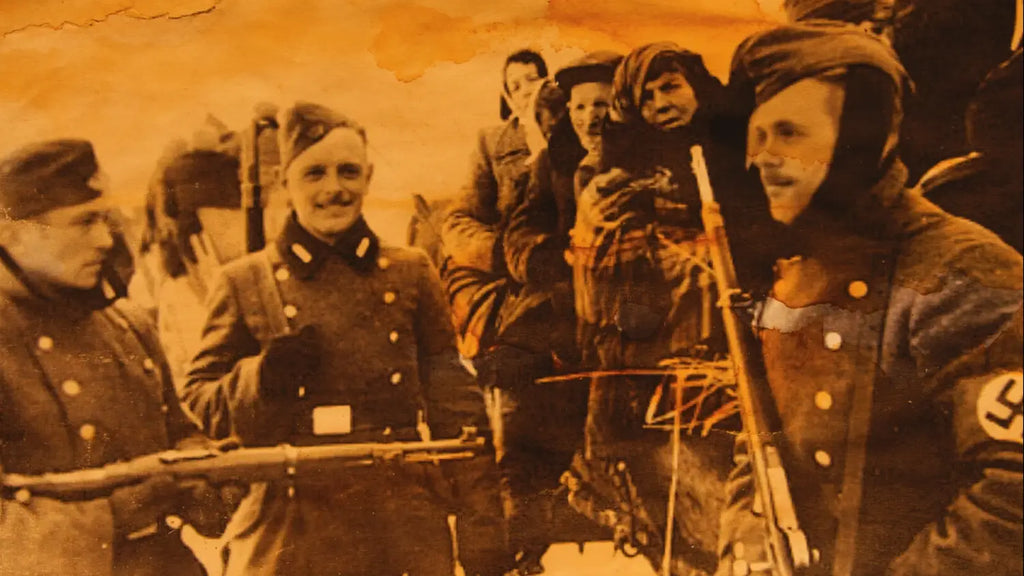Austrian filmmaker Johannes Grenzfurthner has long resisted limiting his artistic voice to any single form or genre, building a career on inventive storytelling across various media. His previous film, Razzennest, was a unique horror-comedy that broke with conventional visuals in favor of an audio-forward approach, drawing more from radio plays and audiobooks than traditional cinema. In his latest feature, Solvent, Grenzfurthner once again defies expectation, this time with a gripping found-footage story that probes Austria’s haunting past and explores the modern echoes of far-right extremism.
Solvent follows a team of investigators who set out to examine Nazi documents and alleged hauntings in an abandoned Austrian home. As they begin their exploration, the film’s sharp editing introduces clippings, photographs, and other artifacts that flesh out the dark history of the setting, grounding the ghostly lore in uncomfortable truths. The story quickly escalates when the team, among Nazi memorabilia and cryptic messages, begins to experience strange and unnerving phenomena. Ernst, a key character played by Grenzfurthner himself, is revealed to be the grandson of a Nazi officer who had disturbing ties to far-right groups worldwide - from Sweden and South America to the United States.

Grenzfurthner crafts a taut atmosphere with Pieter de Graaf’s haunting score, which enhances the dread-laden ambiance from the first note. This immersive sound design becomes even more disconcerting as the narrative grows increasingly surreal, including eerie phone calls from a woman who descends into madness, and moments of abrupt violence that mark a shift from unnerving to outright disturbing. One investigator's unhinged actions turn deadly, and a time jump reveals the cameraman himself, an American expatriate named Gunner S. Holbrook (played by Jon Gries), is slowly descending into maddening obsession.
In true Grenzfurthner fashion, Solvent expertly balances visual and auditory storytelling. Much like Razzennest, a significant portion of the narrative is conveyed through dubbed lines layered over compelling, eerie imagery. Grenzfurthner draws bold connections between historical fascism and contemporary warfare, embodied by Holbrook's own experiences in Kuwait and how they parallel his father’s in Vietnam - a lineage of unwitting brutality that links past atrocities to the present day.

The film revels in bizarre, audacious imagery, including a possession scene where in a nightmarish twist, Holbrook seems to channel a deceased Nazi’s spirit after drinking their preserved urine from a bottle. And that’s hardly the most shocking or gross thing to be found the deeper the film goes. The central performance is commendably self-aware, leaning into its limitations by relying almost entirely on voice to convey emotion and intensity, given that the protagonist is never fully seen on screen. And yes, there’s even a memorable post-credits scene to cap off the film’s surreal and thought-provoking journey.
In Solvent, Grenzfurthner showcases his singular talent for blending humor, horror, and historical critique. Through inventive editing and an unflinching look at extremism’s long shadow, he offers viewers an unsettling reminder that the ghosts of the past are never truly gone - they merely wait, dormant, for the chance to resurface.
'Solvent' is coming soon.




